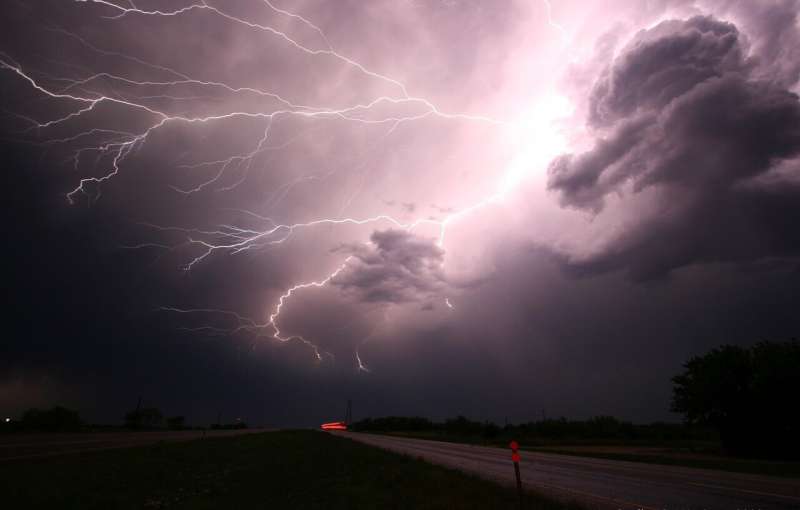Declining male fertility increases climate change vulnerability

Male fertility may be the chink in the armor against climate change, according to a new study that suggests the loss of male fertility at high temperatures means many species—especially those restricted to the tropics—may be even more vulnerable to climate change.
As temperatures rise across the globe, species will increasingly face conditions beyond their tolerance limits, posing a major risk to species persistence and biodiversity. Understanding how much warming species can handle, and which species will be most at risk, is one of the biggest challenges facing biologists today.
Getting accurate predictions of species risk to climate change is no easy task. Some studies have used the temperature at which species stop moving or die, to forecast climate change risk.
However, new research published in Nature Communications, has found that the loss of fertility at high temperatures in males—which occurs at temperatures much lower than death—may be a better predictor of climate change vulnerability. Unfortunately, this means that many species may be more at risk than currently assumed.
In a large study on tropical and widespread Drosophila species, the researchers simulated environmental conditions in the laboratory that mimicked climate change. By following population growth and extinction, they found that tropical species went extinct at temperatures lower than the widespread species.
However, male fertility at high temperatures—rather than the temperature at which they stopped moving or died—was the best predictor of the likelihood of warming extinction. Importantly, they showed that the temperature at which males could no longer reproduce was much lower than temperatures that killed them.
Dr. Belinda van Heerwaarden, who has recently taken up an appointment at the University of Melbourne, led the study when she was at the Monash University School of Biological Sciences as part of an Australian Research Council (ARC) Discovery Early Career Researcher Award (DECRA).
"The way we currently estimate climate change vulnerability may be underestimating extinction vulnerability," Dr. van Heerwaarden said.
"We need to consider fertility if we want to understand the impacts of climate change on biodiversity," she said.
"Species that we thought could tolerate 7 °C of warming may already be experiencing temperatures that are within 1 °C of their male upper reproductive limit. If males are unable to fertilize females, populations will crash and be unable to replace themselves."
Dr. van Heerwaarden and Professor Carla Sgrò from the Monash University School of Biological Science also looked at whether male fertility could shift through evolution and adapt to increasing temperatures.
The researchers found that regardless of whether species were from tropical or temperate environments they had little potential to respond to warming temperatures.
"This represents a real risk to biodiversity," said Professor Sgrò.
"We are increasingly finding that many species won't be able to adapt to projected climate changes."
More information: Belinda van Heerwaarden et al. Male fertility thermal limits predict vulnerability to climate warming, Nature Communications (2021). DOI: 10.1038/s41467-021-22546-w
Journal information: Nature Communications
Provided by Monash University





















